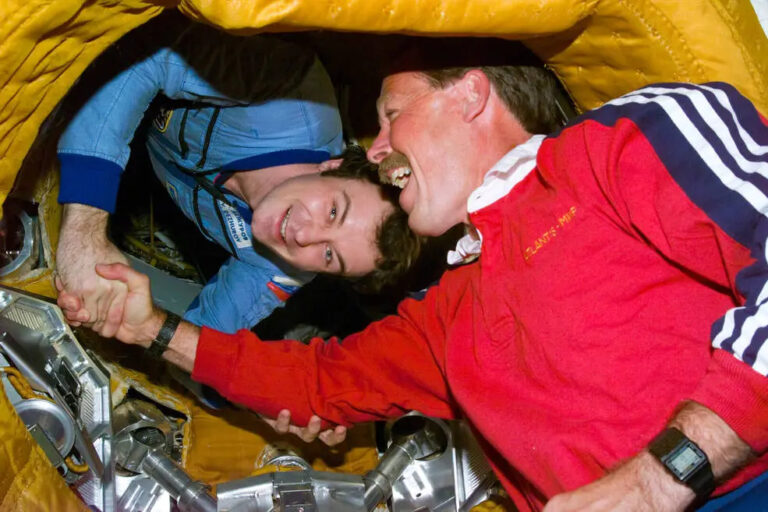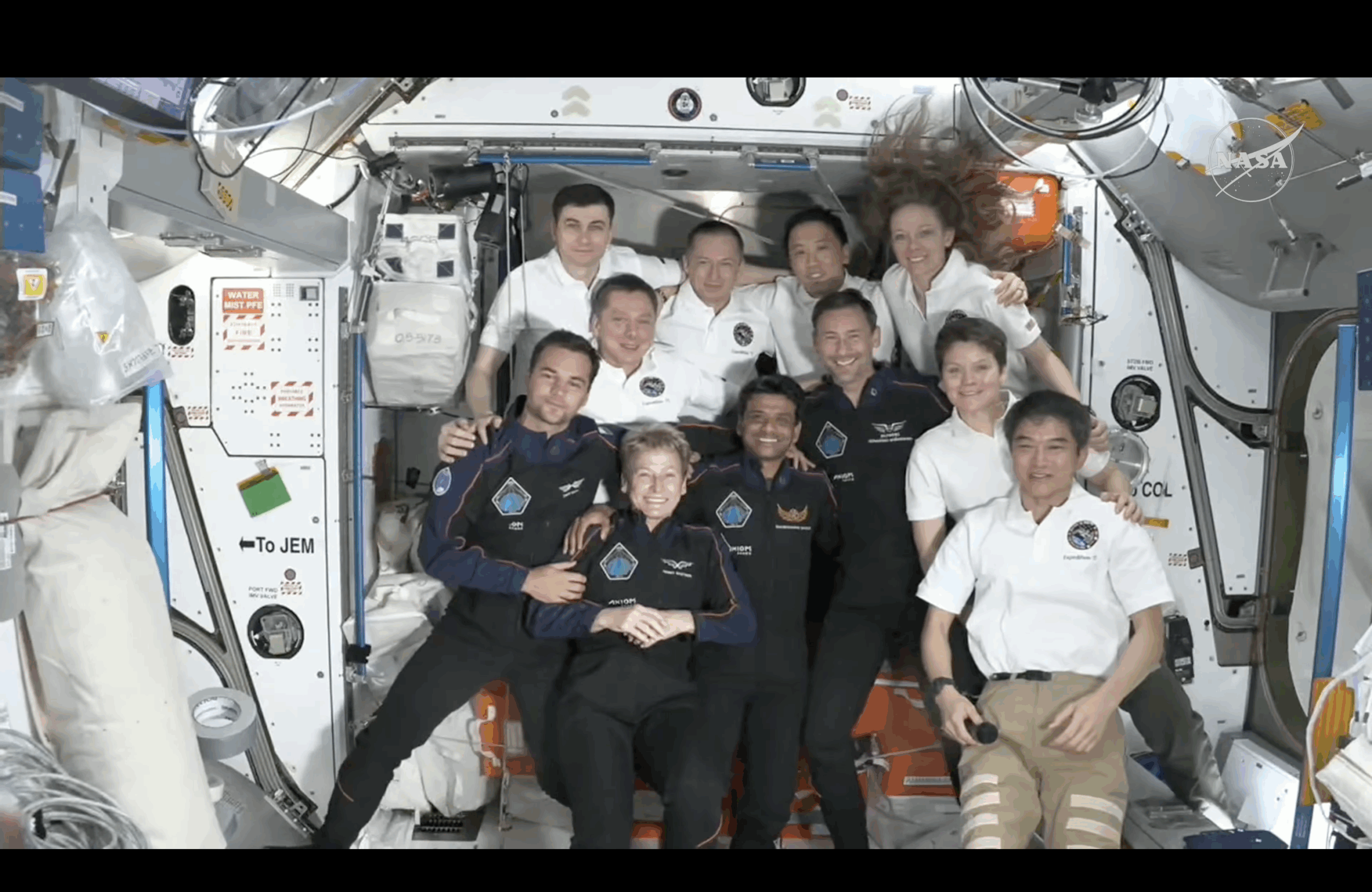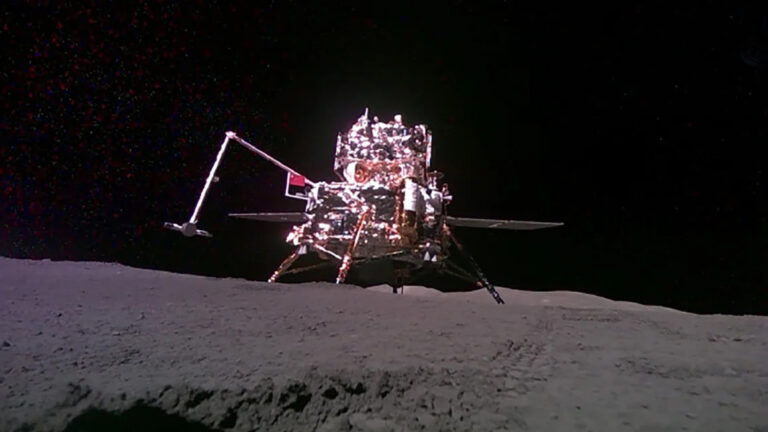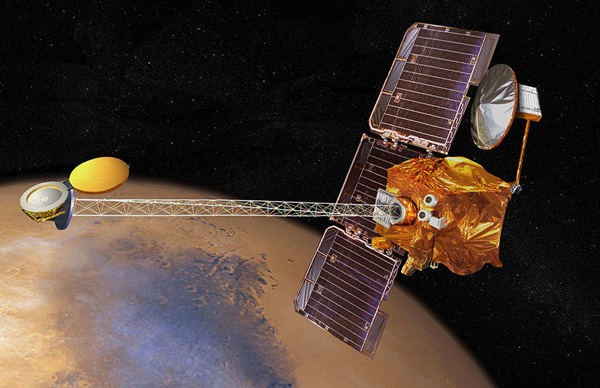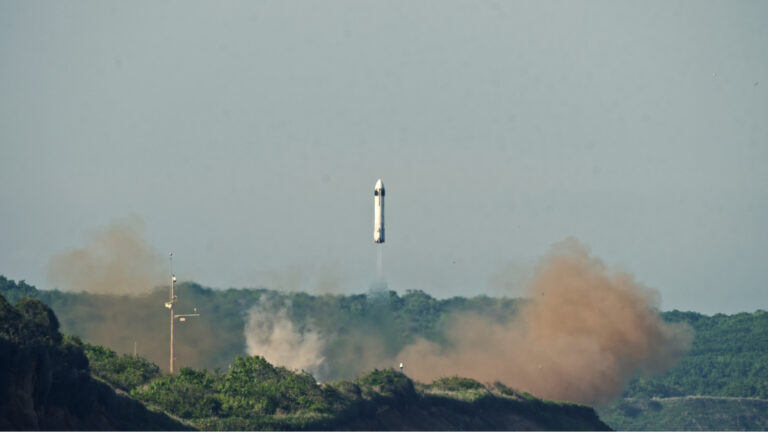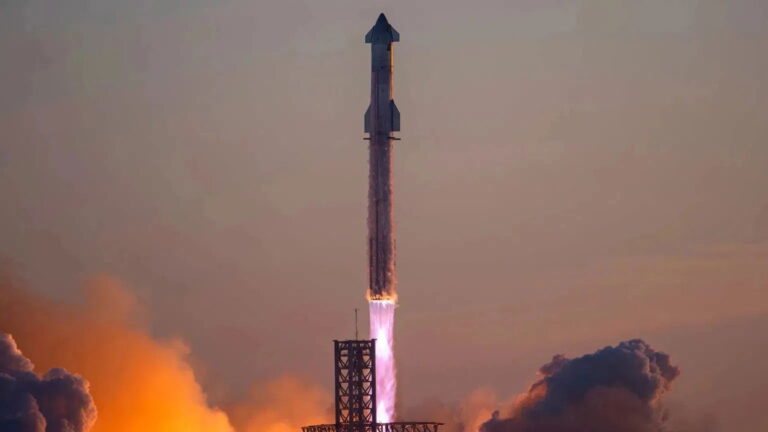Key Takeaways:
For the United States’ 230th birthday, NASA provided a brilliant fireworks display at Kennedy Space Center (KSC) in Florida. For the first time ever, the space shuttle launched on July 4, Independence Day.
Weather twice delayed Discovery’s launch over the weekend. Prior to liftoff, technicians found a piece of foam had broken from the shuttle’s external fuel tank. The damage occurred along a strut that connects the external tank to a fuel line carrying liquid oxygen to the engines. Despite the missing chunk, NASA officials were confident the shuttle could safely launch.
“We have more insulation in this area than we absolutely need,” explained John Chapman, who manages the shuttle program’s external tanks.
The mission will continue the improvement of safety procedures NASA implemented for the first Return-to-Flight mission in July-August 2005 and deliver cargo to the International Space Station (ISS), including the Italian-built Multi-Purpose Logistics Module (MPLM), Leonardo. This unpiloted, pressurized module will operate with others as “moving vans,” ushering cargo between ISS and the shuttle.
Discovery also will bring supplies and European Space Agency astronaut Thomas Reiter to the International Space Station (ISS). With the addition of Reiter, this will be the first three-person ISS crew since the Expedition 6 crew returned to Earth May 4, 2003. In exchange, Discovery will return refuse to Earth.
Also scheduled are two 6.5-hour spacewalks for mission specialists Mike Fossum and Piers Sellers on days 6 and 7. The first spacewalk will restore the robotic-arm boom extension as a work platform and begin repair on the Mobile Transporter (MT). The second will repair a cable on the MT and install a thermal control system.
Hoping to add another day to the 2-week mission, NASA will closely monitor fuel levels aboard STS-121. If an extra day is available, the crew will undertake a third spacewalk to practice procedures for inspecting and repairing the shuttle’s nose cone and wing leading edges.
While en route to ISS, the shuttle crew examined images to determine whether debris from the shuttle’s launch damaged heating tiles. In 2003, insulating foam fell from the externals tanks during liftoff and damaged a heating tile. This caused the space shuttle Columbia to disintegrate during re-entry.





